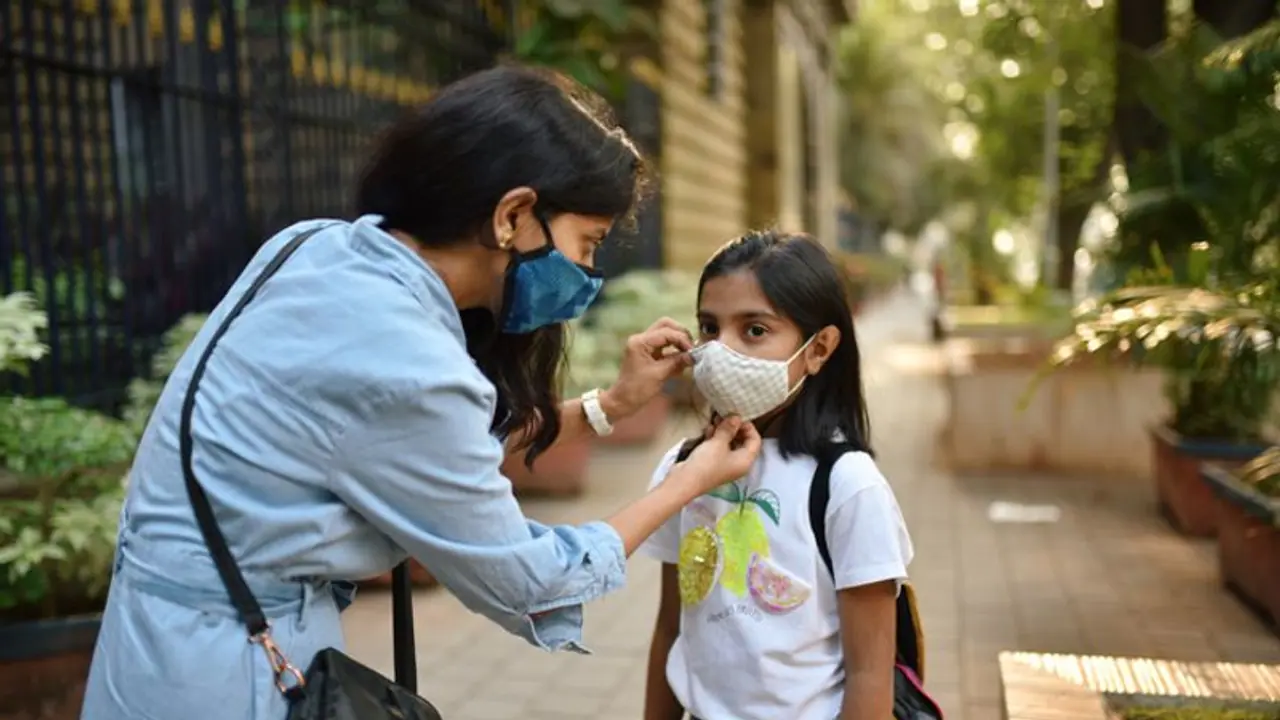The world has just begun to recover from the ramifications of the COVID-19 pandemic and health experts have already expressed concerns over the next pandemic. Even the WHO has suggested that the next pandemic is already on its way.
In a concerning revelation, healthcare officials and experts in the United Kingdom are warning that the next pandemic, referred to as Disease X, may already be on the horizon and could potentially claim the lives of nearly 50 million people. Disease X, a term originally coined by the World Health Organization (WHO) in 2018, is predicted to have a significantly higher fatality rate compared to COVID-19.

Former chair of the UK Vaccine Taskforce, Kate Bingham, and former journalist and political advisor Tim Hames are sounding the alarm about the potential severity of Disease X. They emphasize the urgent need for global preparedness, including mass vaccination campaigns administered at an unprecedented pace.
From sustainability to lower refueling time, how green hydrogen fuel cell bus change commute?
Bingham and Hames draw a grim picture, stating that Disease X could be as contagious as measles while having a fatality rate as high as Ebola (67 percent). The looming threat of Disease X serves as a stark reminder that proactive measures are crucial to prevent another devastating pandemic.
The world has just begun to recover from the ramifications of the COVID-19 pandemic and health experts have already expressed concerns over the next pandemic. Even the WHO has suggested that the next pandemic is already on its way. Stress on vaccine production is made as part of readiness to tackle the upcoming pandemic.
The ramifications of the upcoming pandemic could be as catastrophic as seen during the Spanish flu a century ago. Due to the unavailability of adequate medical resources, the Spanish flu claimed 20-25 million lives.
'Sutta mar': Video of man smoking inside Delhi metro goes viral | WATCH
Kate Bingham stressed that scientists have been able to identify 25 virus families containing thousands of individual viruses but millions are yet to be discovered and analysed.
